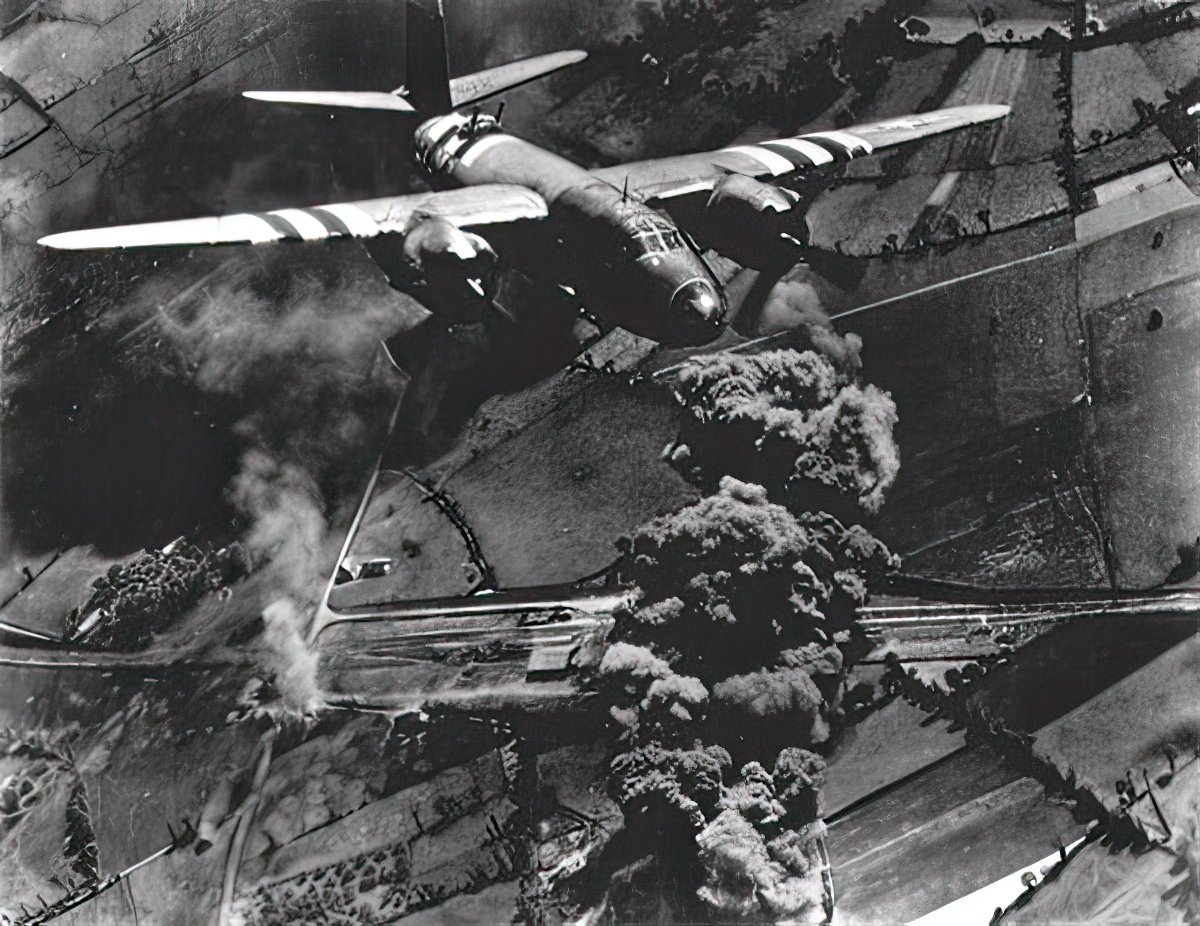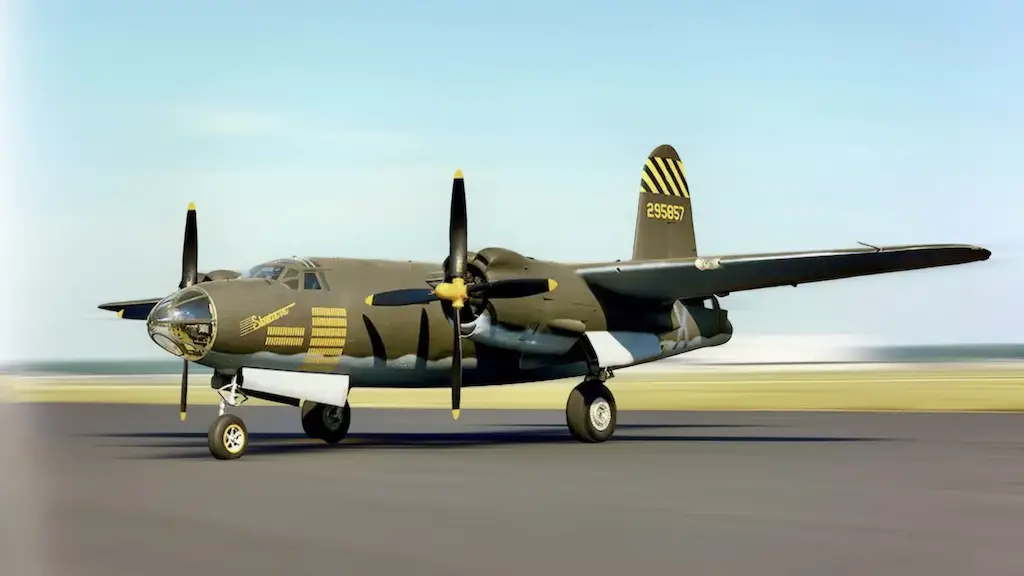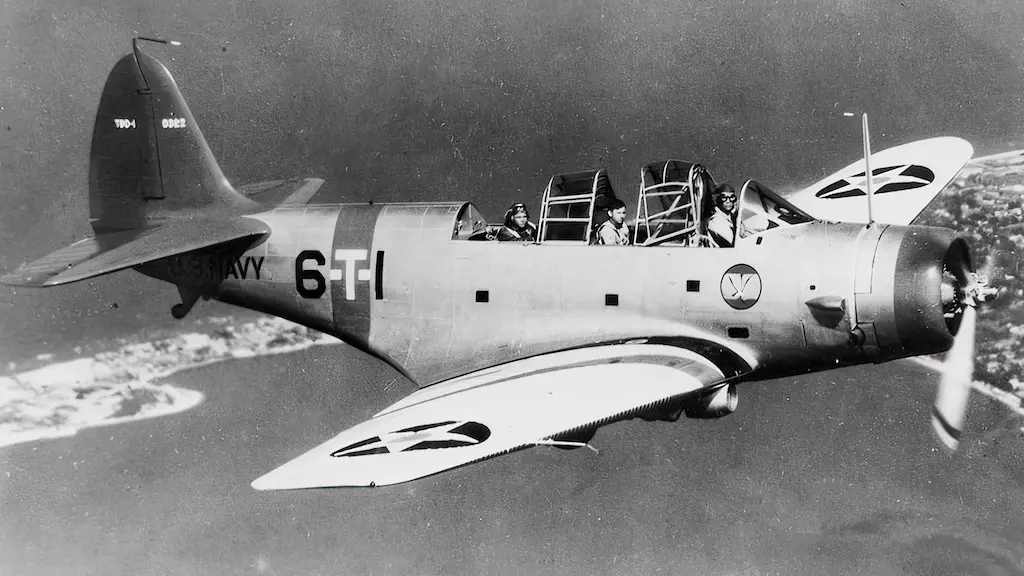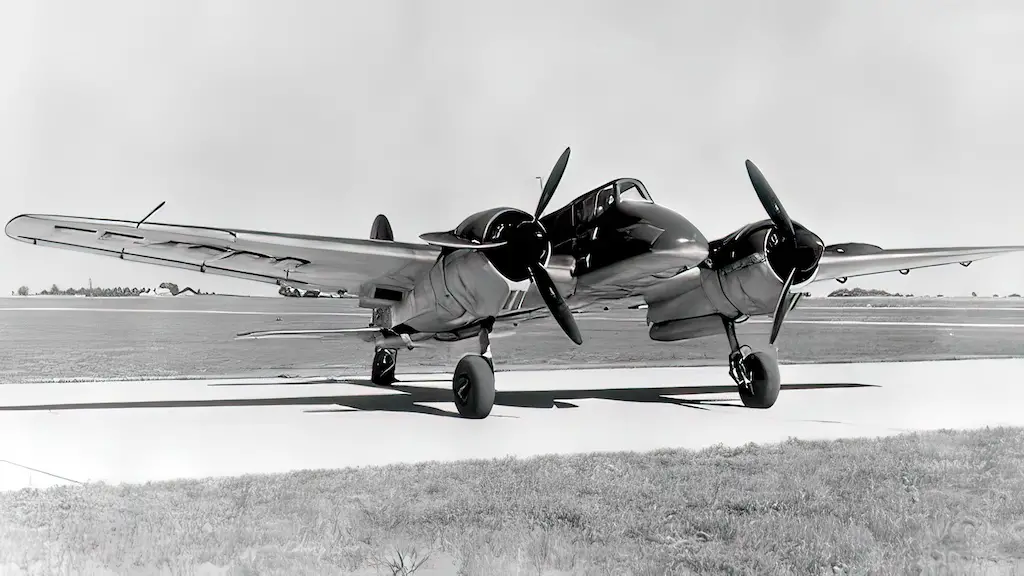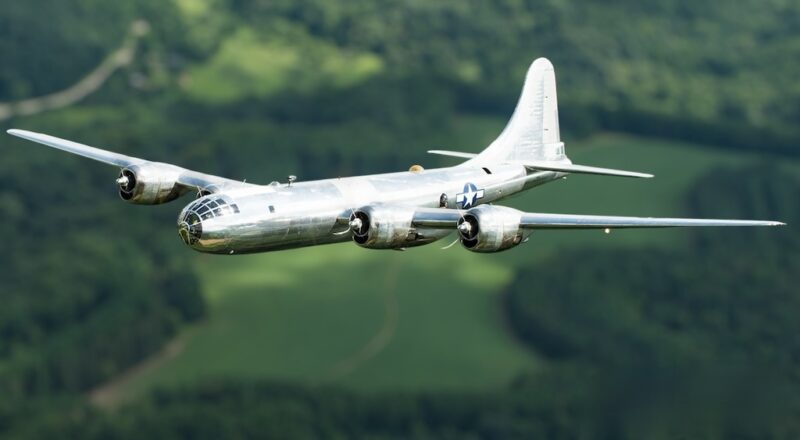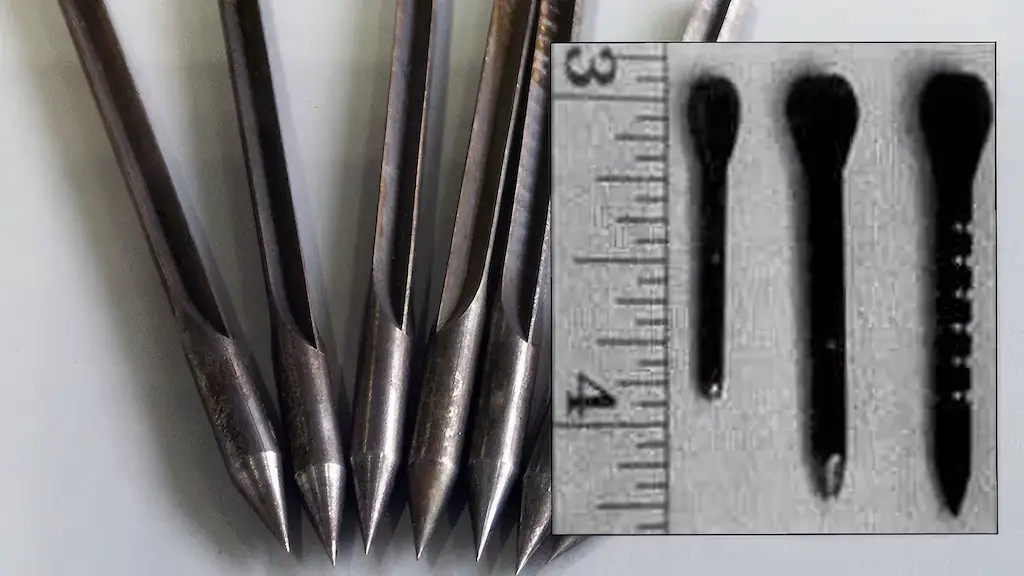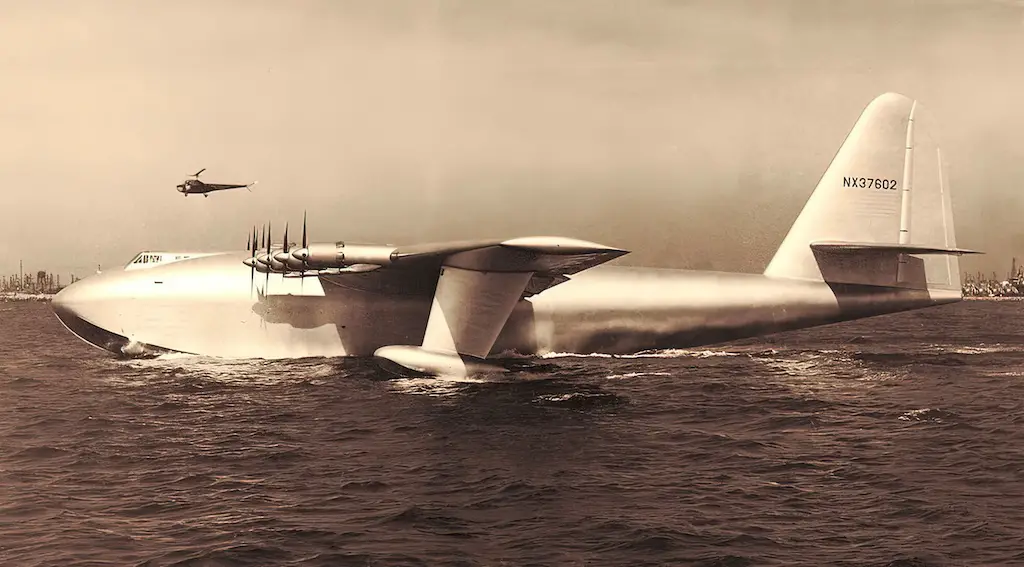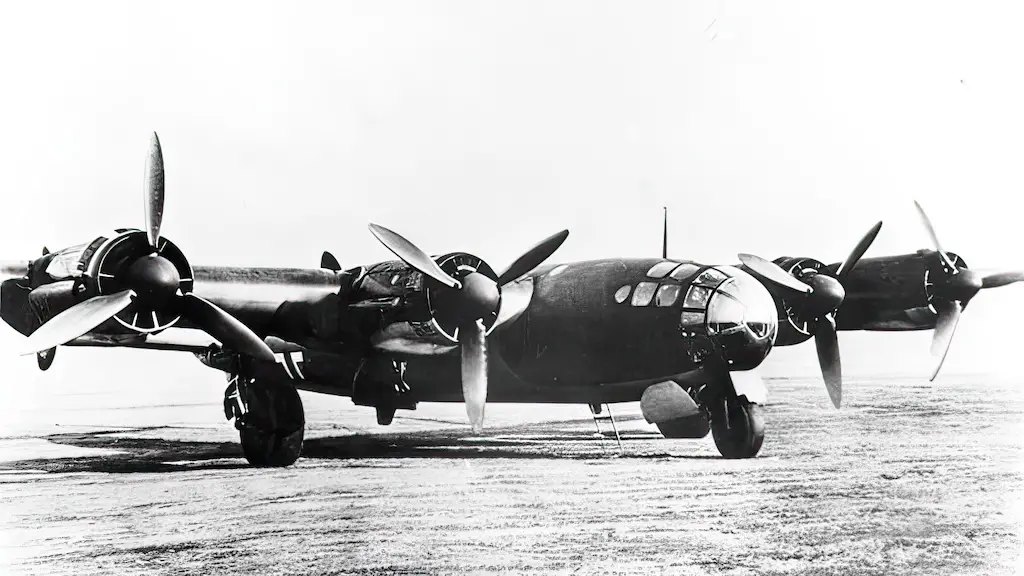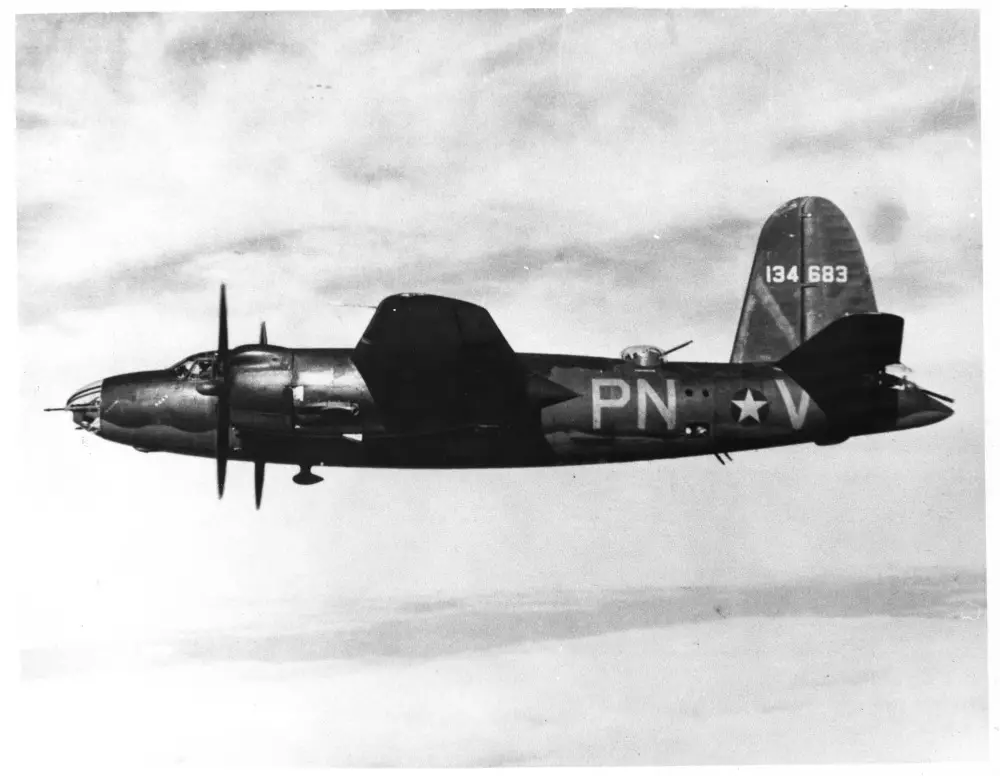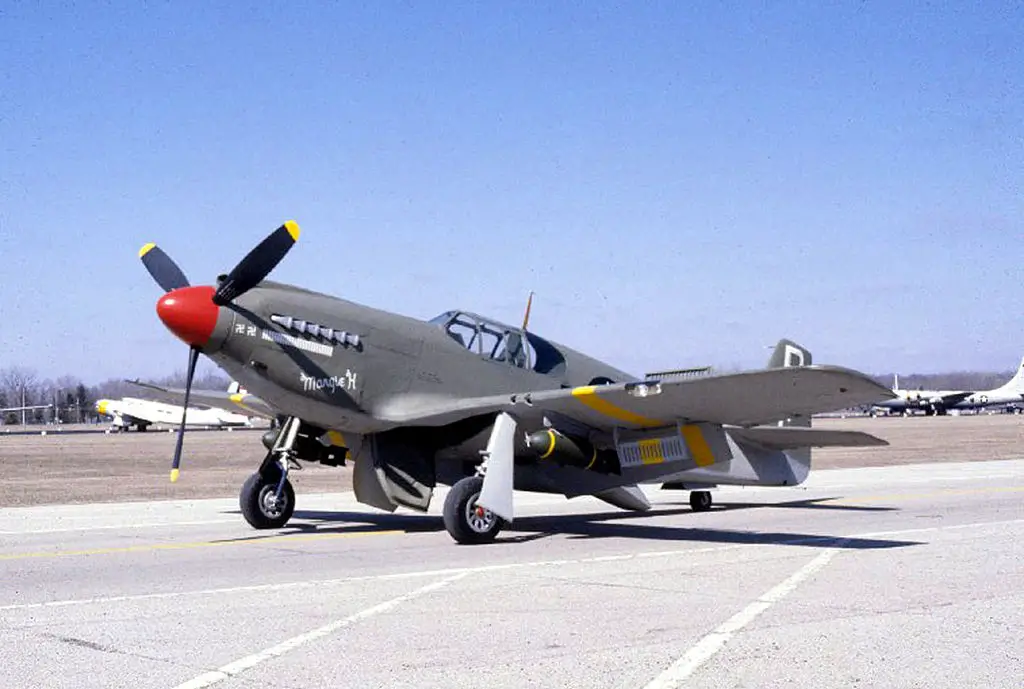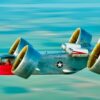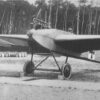The two 26s
On June 6th, 1944, the Allies initiated a massive invasion of Normandy, France, to liberate Western Europe from German control during WW2. Although amphibious landings receive ample attention, significant air operations bolstered the invasion. Some of the involved aircraft were the B-26 Marauders & A-26 Invaders.
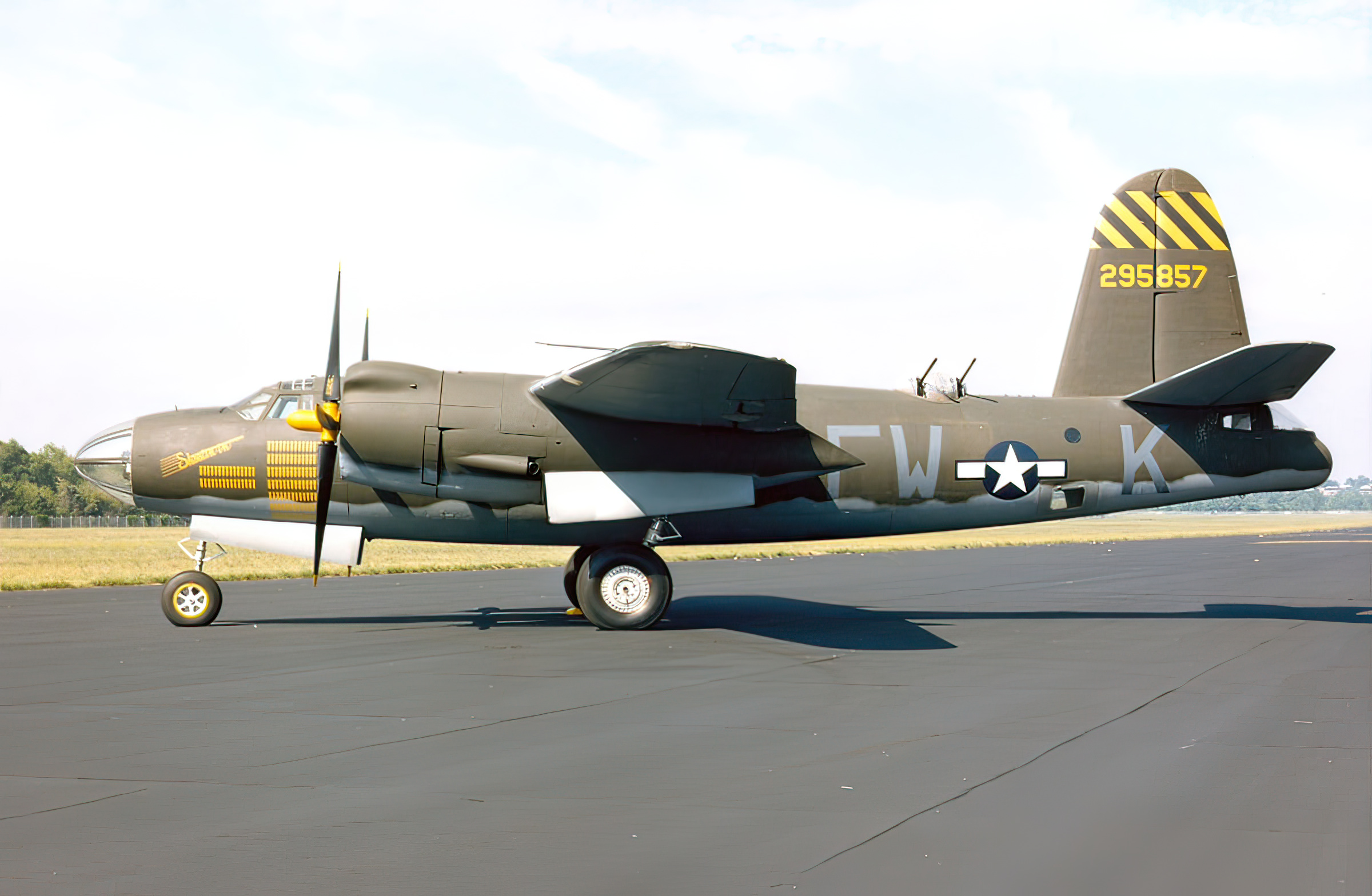
The Marauder
The B-26 Marauder was a USAAF twin-engine medium bomber during WW2. It was designed to be fast & maneuverable, topping 300 mph with a 1,000+ mile range. The Marauder was vital in European Theater of Operations (ETO) missions such as bombing, ground support, and reconnaissance.
On D-Day, B-26 Marauders hit German defenses along the Normandy coast, dropping bombs on targets like artillery batteries, pillboxes, and bunkers. They could operate low, effectively attacking ground targets, but were susceptible to anti-aircraft fire, leading to numerous drownings.
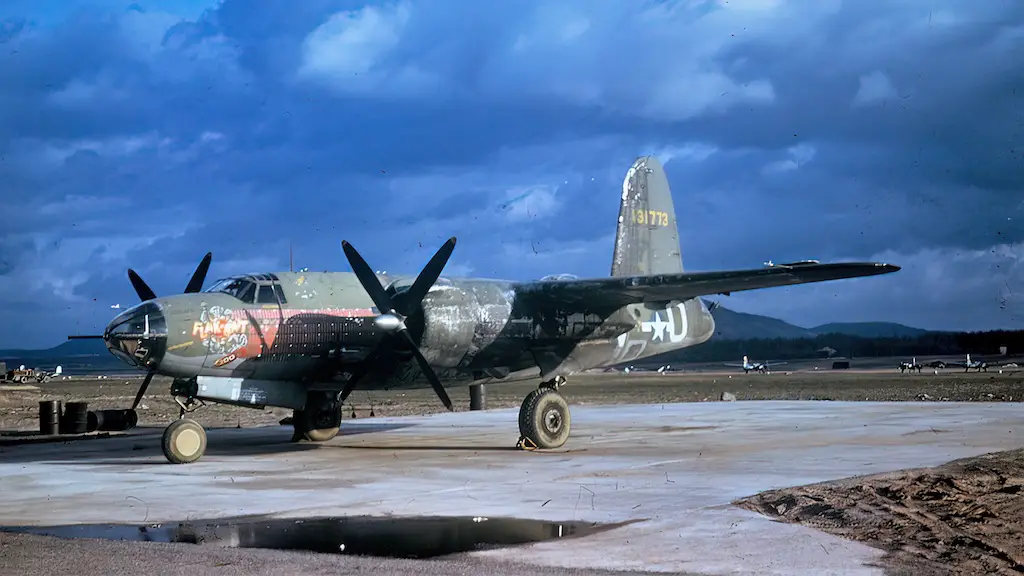
A well-known tale from D-Day recounts the events at La Caine airfield involving the B-26 Marauders. The site was fortified with German anti-aircraft weaponry, making it a difficult target. Nevertheless, Lt. James Paulus and his team of B-26s accepted the challenge.
They flew directly above the treetops and bombed the airfield, ultimately destroying numerous enemy aircraft and accelerating the departure of any remaining planes. Although they were met with heavy gunfire, all B-26s successfully evaded danger and returned home with only minor damages. This audacious mission showcased the courage and prowess of the B-26 Marauder pilots during D-Day.
The Invader
Analogously, the A-26 Invader was another USAAF twin-engine aircraft used in WW2, serving as a light bomber & attack aircraft. It had a top speed of over 350 mph, a 1,000+ mile range, and was instrumental in the Pacific Theater of Operations (PTO), providing ground support and interdiction missions.
On D-Day, A-26 Invaders operated in Normandy, striking troop concentrations, tanks, and other targets for the Allies. The pilots carried machine guns and rockets, flying low to supply close air support to troops. Reconnaissance was also done to gather information on the positions & movements of German forces.
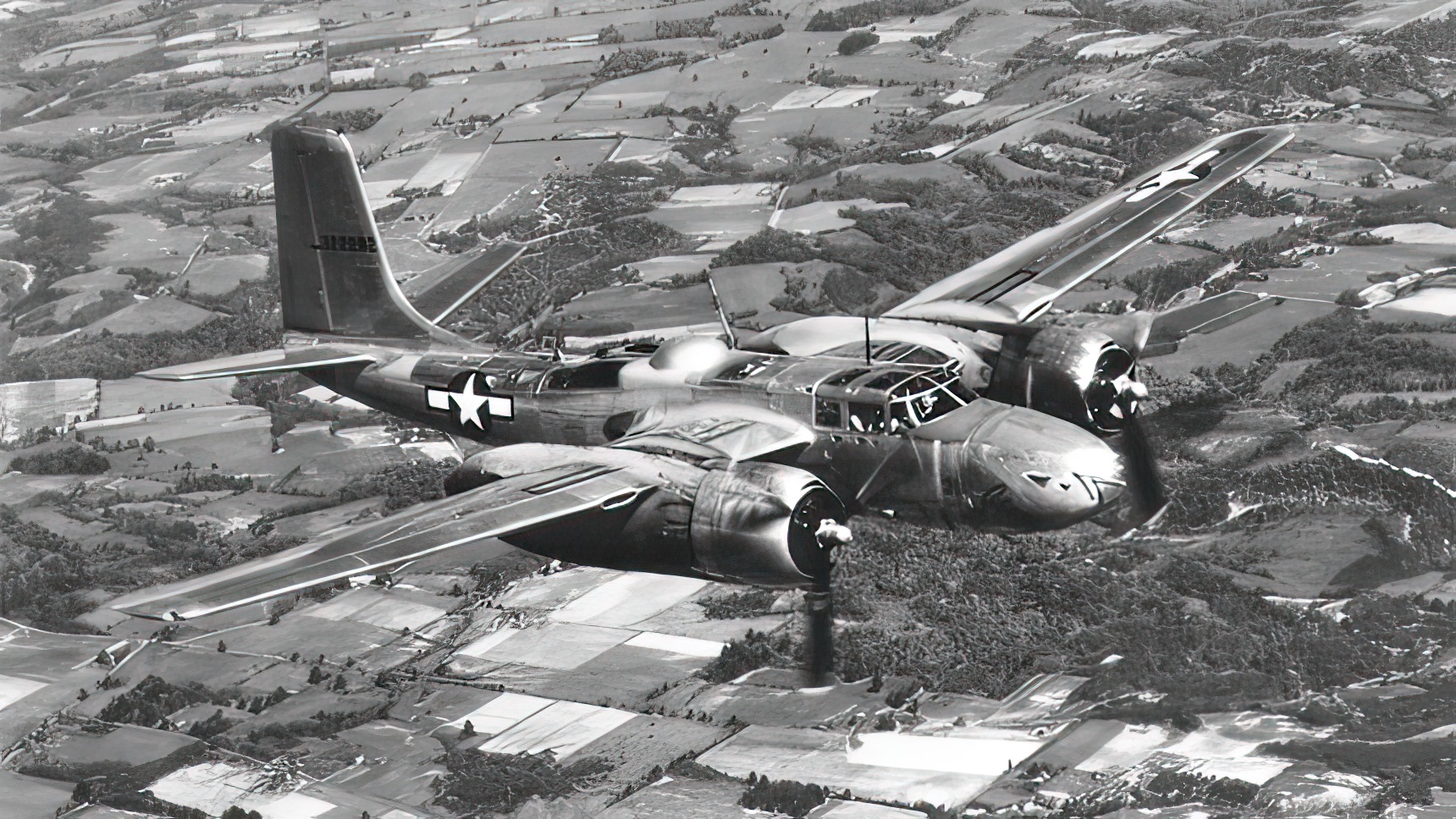
An iconic tale from D-Day recounts the A-26 Invader’s brave actions led by Lt. Col. James “Jimmy” Doolittle. He was in charge of a squadron of A-26s, tasked with demolishing bridges over the Seine River. However, while nearing their target, Doolittle’s aircraft suffered damage from anti-aircraft shots, and he was injured. Nevertheless, Doolittle retained control of the plane and completed the mission, destroying the bridges and securing a triumph for the ground troops.
Pushing the Germans back, one sortie at a time
Both the B-26 Marauders & A-26 Invaders significantly contributed to the success of the D-Day invasion, attacking German defenses & serving as close air support to the Allied ground troops, weakening the enemy & paving the way for eventual victory in Europe. Even with enemy anti-aircraft fire, the pilots bravely executed their missions, playing a key role in the Allied war effort.
In total, over 14,000 allied sorties were flown on D-Day, featuring over 2,500 aircraft. Although the B-26 Marauders & A-26 Invaders were a small portion of this vast air armada, they were crucial. Their pilots’ bravery & skills played an unremitting role in the Allied victory, establishing a beachhead in Normandy & starting the march to retake Western Europe from German control.
